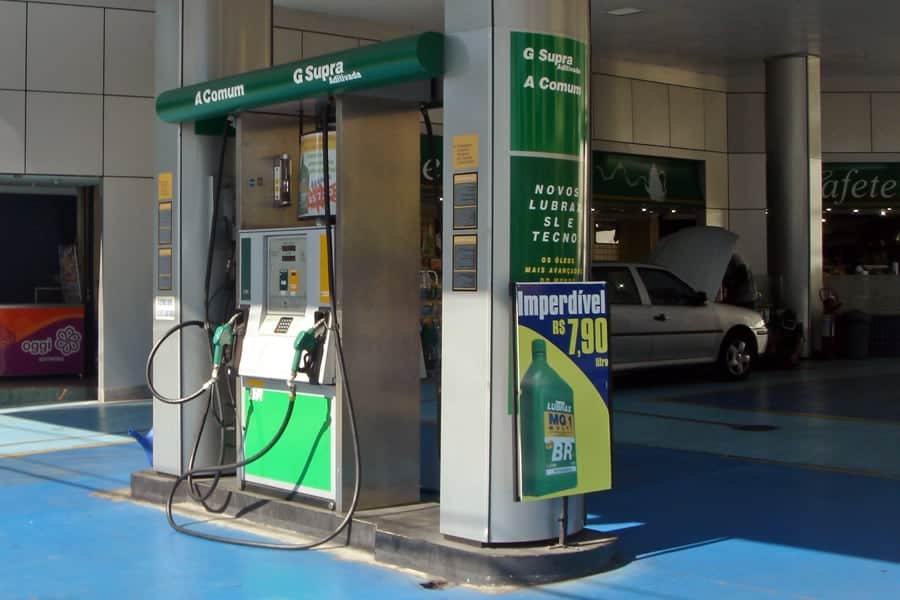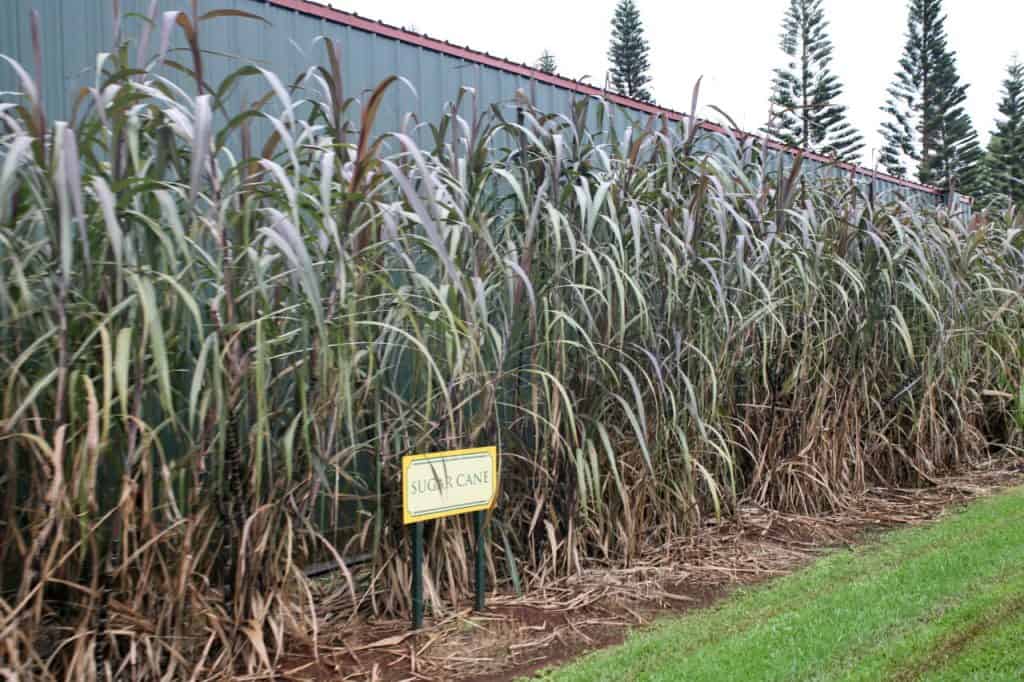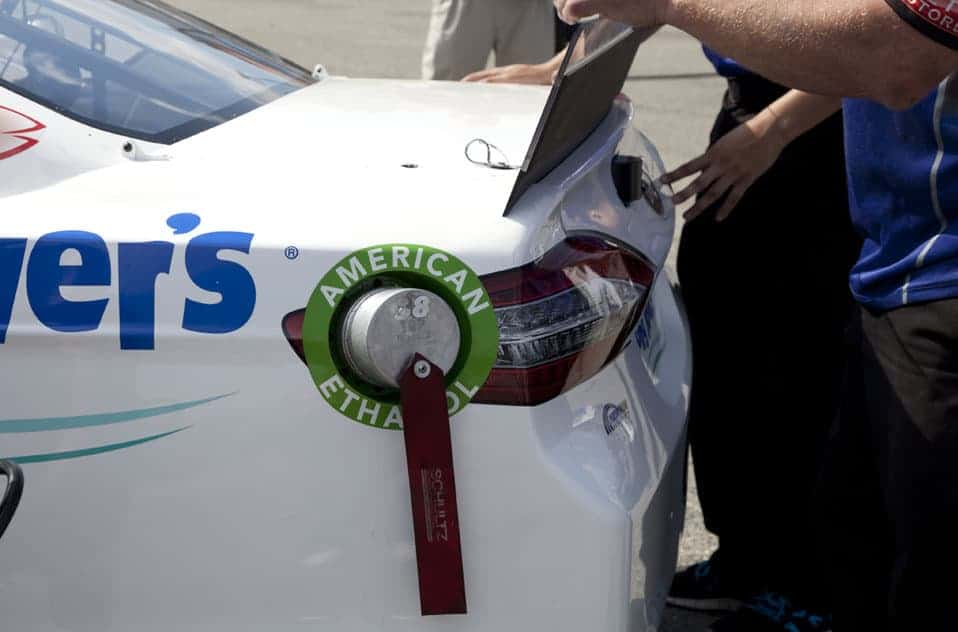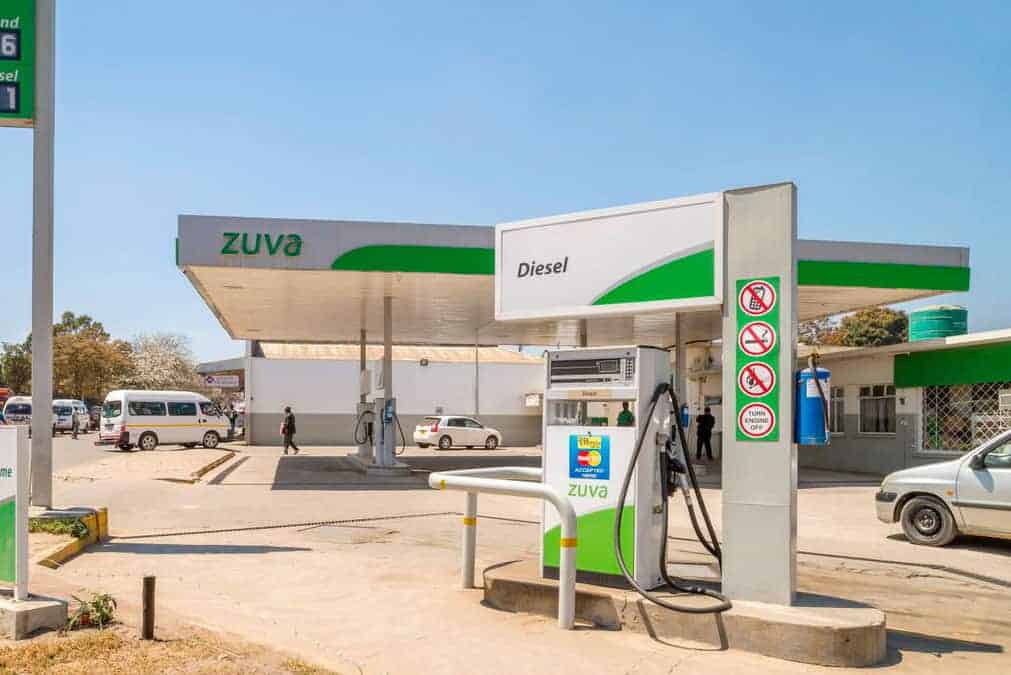Petrol is controversial subject in Zimbabwe, from it’s price, availability and it’s composition; and like many such subjects there is a lot of misinformation, so today we’re going to look at the pro’s and con’s of our ethanol blended fuel.
What is an ethanol blended fuel?
Ethanol is a simple alcohol, that is clean burning and is derived from sugar cane in some cases from corn/maize. Blended fuel is a mixture of unleaded petrol with a certain percentage of ethanol. Brazil is one of the largest producers and users of ethanol with their petrol containing at least 25% ethanol. This minimum blend would be known as E25. In the US the two main blends are E10 and E85.

The Pro’s of Ethanol
It’s a renewable fuel
Ethanol is a renewable fuel as it is as bi-product of sugar cane, corn and even sorghum. Increasing the blending percentage lowers the reliance on fossil fuels to power vehicles. In the case of Zimbabwe producing ethanol locally reduces the import bill for fuel. Ethanol fuels are also typically less expensive than their pure unleaded counterparts.

It’s better for the environment
Ethanol is a clean burning fuel and produces less harmful emissions out of the exhaust pipe than conventional unleaded fuel. Combined with it being renewable, it makes for a much greener alternative to pure unleaded.
High Octane Rating

There is a misconception that Zimbabwean fuel is of poor quality but quite the opposite is true. The octane rating is how well a fuel resists detonation, or exploding before it is supposed to which is what destroys engines. This octane rating is known as the RON (Research Octane Number) of the fuel. Most of the world uses RON to indicate the octane rating except for North America who use AKI(Anti-knock Index) which is calculated a little differently. For the purposes of this article we will only worry about RON rating.
By law, ZERA mandates that all petrol being imported into Zimbabwe has to be a minimum of 93RON. South Africa has 93 and 95RON fuel available. Generally speaking the higher in altitude one goes the lower the octane rating you can get away with as there is less oxygen in the air. For performance cars, the higher the octane rating the better, as it means there is more room for higher compression ratios, higher boost pressures and more engine timing; meaning more horsepower at the wheels.
Ethanol has an octane rating of over 100, for the layman this means it’s essentially race fuel that you can buy at the pump. Blending ethanol with unleaded petrol increases the octane rating of the fuel, which means that Zimbabwe has decently high octane rated fuel depending on the blending ratio. At our current ratio of E20, our fuel is equivalent to about 97RON unleaded fuel that you would find at premium pumps in the UK, Japan etc.
Several race series now mandate the the use of E85, such as Nascar in North America and V8 Supercars in Australia.
Cheaper cost per litre
The Zimbabwean economy makes this one hard to judge but typically ethanol production costs less than oil refining and thus the pump price of blended fuels is lower than pure unleaded. With a flex fuel optimised vehicle, its programmed to get the most out of ethanol, off-setting the lower energy content of ethanol fuel (see below) thereby lowering cost per litre of blend versus unleaded.
Cleaning Properties
Ethanol, as an alcohol has the added advantage of cleaning the fuel system. This is somewhat of a double edged sword as the dislodged dirt can cause issues down the line if not addressed correctly.
The Con’s of Ethanol

Lower energy density
Energy density refers to the amount of energy that a volume of fuel contains, this varies between fuel types and does not necessarily increase or decrease along with the octane rating. Therefore making this the most important trait to Zimbabwean motorists as it is directly linked to fuel economy.
Ethanol has a lower energy density per unit that pure unleaded, which means it requires more ethanol to provide the same amount of power. E85 requires roughly 30% more fuel than pure unleaded. Provided your vehicle has been properly maintained and is running in tip top shape, our E20 blend should provide about 10% less fuel economy than pure unleaded.
Thus if you are trying to get the most distance from a tank of fuel, ethanol is not the optimum fuel.
Ethanol is an alcohol
Whilst it’s cleaning properties are a positive, it can have unwanted consequences. Dirt that has been dislodged from the fuel tank and fuel lines can easily clog up a fuel filter or worse fuel injectors which can cause rough running or at worst damage to an engine. It can also have a negative effect on rubber fuel lines so when possible it’s advised to change them for those rated for ethanol blended fuels. Ethanol can also be quite corrosive to some fuel injectors if the fuel has an electric current running through it. Many newer cars are designed with this in mind but a small number of older vehicles may be affected, which will cause misfires and even lower fuel economy.
Erratic Supply
Ethanol supply can easily be affected by the weather as it relies on crops for its production so excessive rains or droughts can rob ethanol producers of their raw materials. This will see the blend ratios fluctuate which can in turn affect the cost of fuel at the pump.
Ethanol is Hygroscopic
Hygroscopic is defined as a substance that can attract moisture from its environment. However this only becomes a problem if your vehicle has been parked for a long time. When water forms in a half full fuel tank due to condensation, this water can cause phase separation; the ethanol essentially breaks apart from the fuel and this reduces the octane rating of the fuel. Just like oil and water, fuel and water do not mix! This water can find its way further into the fuel system causing damage to the vehicle. It’s best to leave tanks topped off if the car will be parked for long periods so there is no room for condensation.
Conclusion
Ethanol is far from perfect, but it does have some fairly significant benefits. For performance enthusiasts the power potential will outweigh the fuel economy. It is unfortunate that exceptional fuel economy is not one of the benefits, but as hybrid vehicles become more common place they will cancel out this drawback. Perhaps a more accurate analogy is that blended fuel is like family; we didn’t choose it, and we must accept the pro’s and con’s. Maybe in future when the economy is better we will have the luxury of choice, but right now it is what it is.






